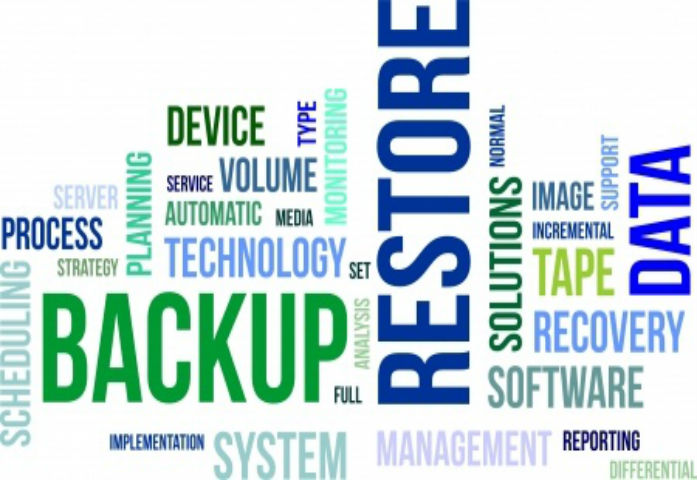The difference between backup and recovery is in the tape
Every company wants to be protected, be it from data breaches, sudden storms, internal errors or just the passage of time. What that means is vastly different at times from one organization to the next. The consistencies lie in how businesses choose to isolate their essential files and establish chains of command for controlling content in the event of a disaster.
Yet it’s important to note that there’s one ongoing, glaring inconsistency in the way organizations think about their storage and recovery solutions. They tend to think they’re the same thing.
Divergent distribution
Backup tape offers a great way for firms to create accountability, as BetaNews showed. It hastens the collection of an ever-growing range of content, be it emails, documents, data packets or software updates. By generating these images of current operations, it’s easy to trace changes in enterprise operations, generate compliance and create more transparency in corporate services.
Software that supports backup tape management can help companies turn back the clocks to an extent. As Tech Target pointed out, it’s a simple matter of retrieving a backup point that’s desirable for an organization. This helps promote system health and basic system hygiene.
What it doesn’t do is provide disaster recovery protection.
Overcoming obstacles
Think about the size of backup tape storage systems. They house an increasingly growing amount of content that touches on every aspect of day-to-day operations. But what’s really needed in the event of an emergency are the core programs and essential data needed to keep a company up and running.
Tach Target showed that there’s been a lot of progress in the tape data management world. Specifically, the ability to eliminate the backup window in many environments has made it fast and easy to replicate information across a number of different landscapes, providing a simple way to virtualize recovery partitions or generate snapshots of the necessary content.
That makes a lot more sense in the heat of the moment, instead of having to sift through a huge range of backup storage and tape tracking. Most importantly, it produces a healthier working environment for content and companies alike, as they can both rest assured that the other is functioning as intended.

